April 17, 2025 | 09:09 GMT +7
April 17, 2025 | 09:09 GMT +7
Hotline: 0913.378.918
April 17, 2025 | 09:09 GMT +7
Hotline: 0913.378.918
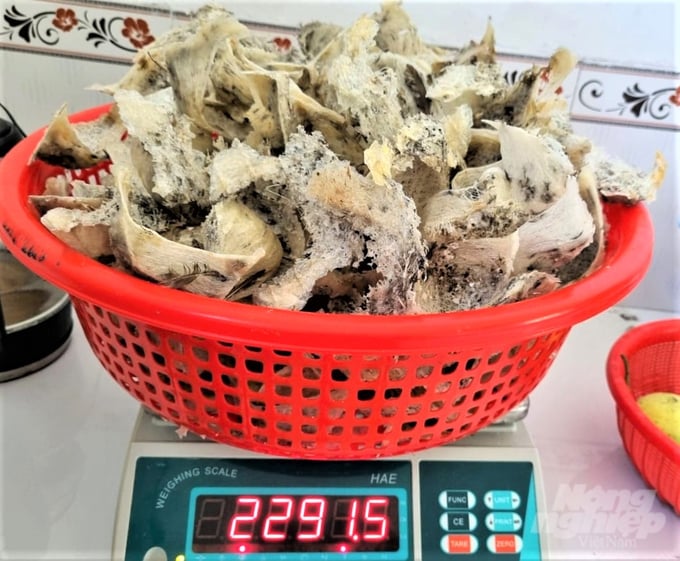
With nearly 3,000 swiftlet farms and an annual output ranging from 15 to 17 tons, Kien Giang is currently paving the way for the official export of swiftlet nests to China. Photo: Trung Chanh.
As a coastal province, Kien Giang province possesses extensive potential and strengths in the development of diversified agriculture across its 575,000 hectares of land area, encompassing four ecological zones of wetlands, saline, freshwater, and island seas.
In addition to its strengths in rice, aquaculture, and livestock production, the population of Kien Giang province has boldly invested in developing swiftlet farms over the past two decades.
Mr. Nguyen Dinh Xuyen, Deputy Director of the Kien Giang province's Sub-Department of Livestock Production and Animal Health, revealed that results from the scientific seminar titled "Orientation and Sustainable Development of Swiftlet Farming in Kien Giang province," organized by the local Department of Science and Technology, and the forum titled "Sustainable Development of the Swiftlet Farming Industry for Export in the Southern Provinces," organized by the National Agricultural Extension Center in Kien Giang province, have affirmed that the province has considerable potential and advantages for the development of swiftlet farming, with the highest swiftlet productivity possible.
Kien Giang province leads the country in swiftlet farming with nearly 3,000 farms, involving 2,450 households investing in constructing swiftlet farms covering a floor area of 730,630 square meters. Accordingly, 1,721 of these farms have been reinforced, whereas the remaining 1,274 have undergone renovations.
Regions within Kien Giang province which posses a high number of swiftlet farms include Rach Gia city with 872 farms, Hon Dat district with 708 farms, and Ha Tien city with 232 farms. The total amount of harvested swiftlet nests reached 17.5 tons in 2022, and the estimated yield for the first half of 2023 is over 7 tons.
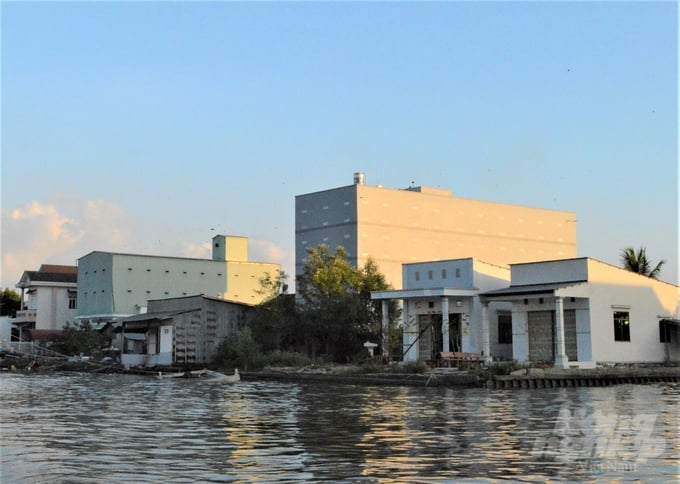
Kien Giang province's Department of Livestock Production and Animal Health is actively monitoring disease outbreaks in swiftlet farms to ensure the supply of swiftlet nests to China through registered intermediary businesses. Photo: Trung Chanh.
Mr. Phung Duc Tien, Deputy Minister of the Ministry of Agriculture and Rural Development, presided over a conference held in November 2022, in Ho Chi Minh City to implement the Protocol on the inspection, examination, and hygiene control for official swiftlet nest exports from Vietnam to China.
The Protocol consists of 16 articles, including regulations and requirements regarding disease safety, Newcastle disease, the effective establishment and operation of an origin traceability system, food safety, among many others.
According to Mr. Nguyen Dinh Xuyen, the Protocol imposes three mandatory requirements for official export. Firstly, the exporter must ensure that their products are free of avian influenza within a 12-month period. Secondly, the exporter must ensure that their products are unaffected by the Newcastle disease, a highly contagious disease which can easily spread among most poultry species, especially wild birds and those raised in farms. Thirdly, the exporter must ensure food safety with 19 quality and origin traceability criteria, supplemented by the issuance of a unique identification code for swiftlet farms.
With the aim of meeting the above requirements, the Kien Giang province's Sub-Department of Livestock Production and Animal Health has conducted strict disease monitoring in swiftlet farms since March 2023. So far, 193 swiftlet farms across 7 districts and cities within the province have been monitored with regards to the avian influenza (H5, H7, N1, N6, N9) and Newcastle disease to supply swiftlet nests to 9 registered intermediary businesses for export to China. All results have tested negative for the monitored diseases.
Kien Giang province currently houses 4 swiftlet nest processing businesses with an annual output of approximately 2 to 3 tons. Accordingly, the Department of Industry and Trade and the Department of Science and Technology will provide support in terms of resources and funding for businesses looking to to export swiftlet nests to China, and establish production processes which comply with HACCP, ISO22000 standards, etc. It is expected that at the current state of production, Kien Giang province can officially export swiftlet nests to the Chinese market by the end of March 2024.
Challenges to overcome
According to Mr. Nguyen Dinh Xuyen, the cost for the monitoring of avian influenza and Newcastle disease in swiftlet farms is relatively high. Businesses with plans to export must possess a facility certified for food safety process, HACCP, ISO 22000, and monitored for food safety for 12 months. However, many businesses face challenges due to a lack of training, guidance on disease control procedures, responses, and remedies.
Additionally, the Ministry of Agriculture and Rural Development has not issued regulations outlining the procedures to grant unique identification codes for swiftlet farms and facilitate origin traceability. Several establishments in Kien Giang province will reach the 12-month monitoring requirement by March 2024, albeit no guidelines are currently available.
Translated by Nguyen Hai Long
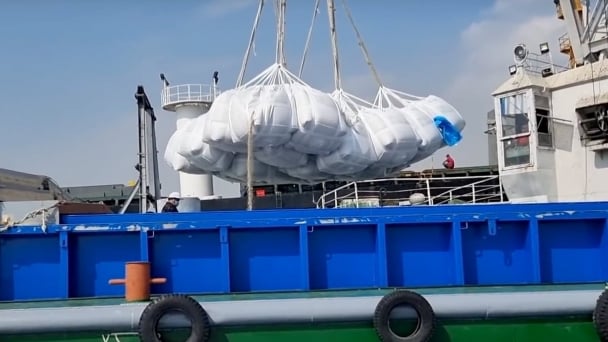
(VAN) The Philippines is making efforts to diversify its rice import sources in order to reduce its dependence on Vietnamese rice. However, Vietnamese rice has managed to maintain its strong position in this market.
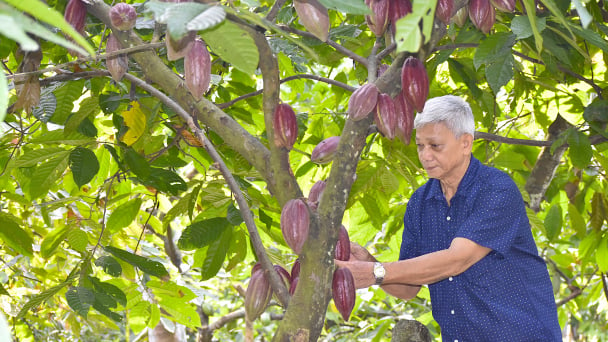
(VAN) In the Mekong Delta, cocoa has provided stable economic returns for many years. Recently, a surge in cocoa prices has created a strong incentive for farmers to expand their cultivation areas.

(VAN) Product quality, branding strategy, and technology innovation are key factors for Vietnamese bird’s nest to establish its foothold on the global map.

(VAN) KOCHAM Deputy President expects that Vietnam would accelerate innovation and development of bird’s nest-based products as a representation of Vietnamese culture.
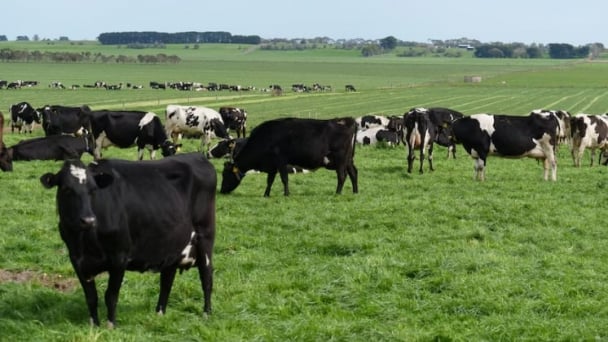
(VAN) Imported dairy products are weakening the local industry, according to dairy farmers and processors.

(VAN) April 10 marked a significant milestone for Vietnam's agricultural exports as Vietnamese pomelos officially became available at the Lotte Mart supermarket chain in South Korea.

(VAN) Vietnam is focusing on developing the legal framework and technical infrastructure for the carbon market, with committed support from global financial institutions.